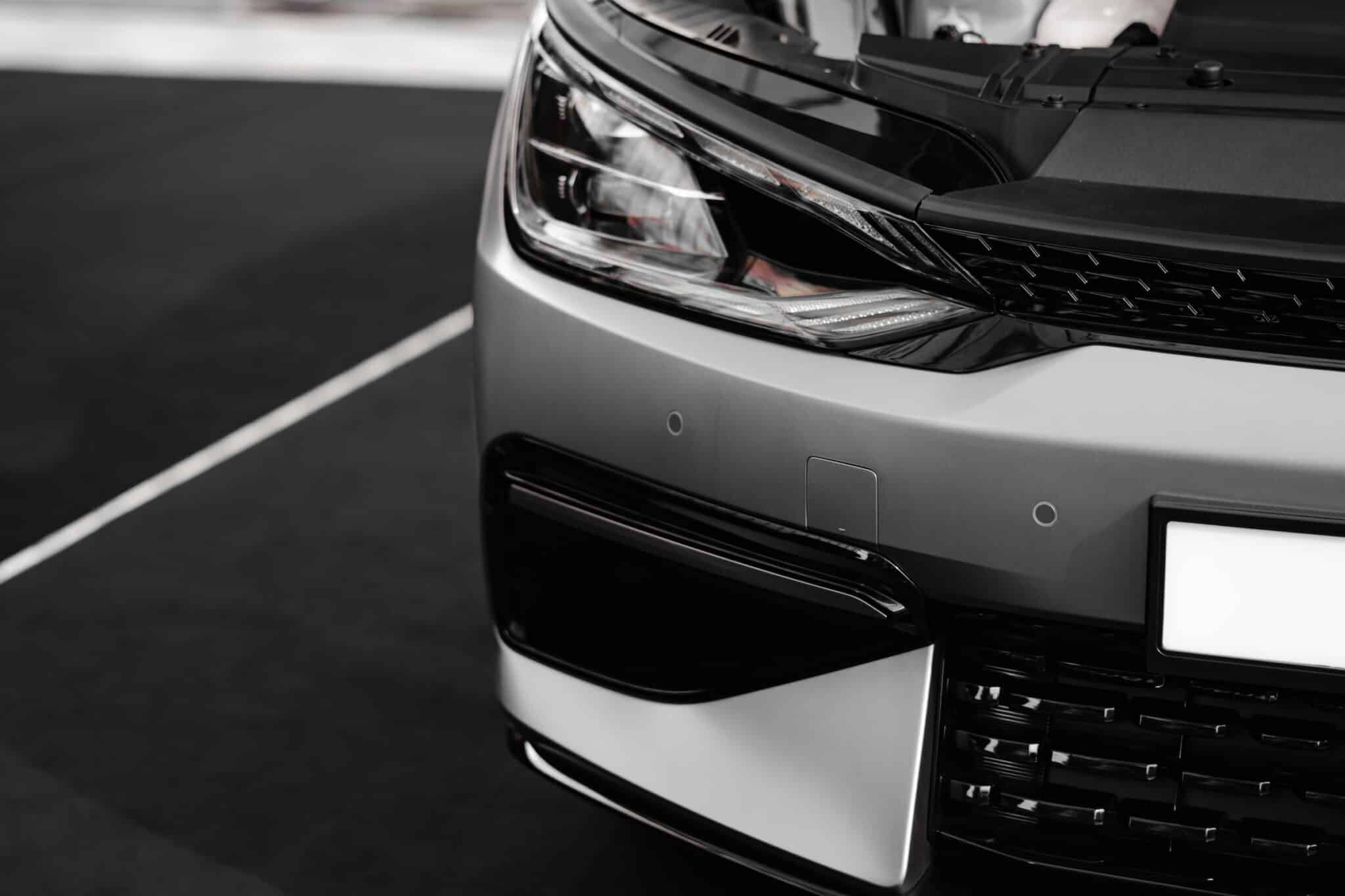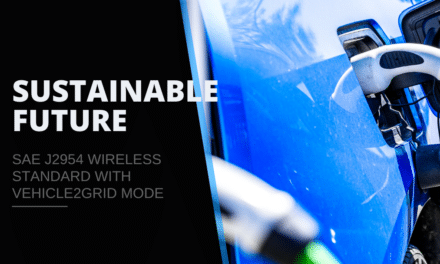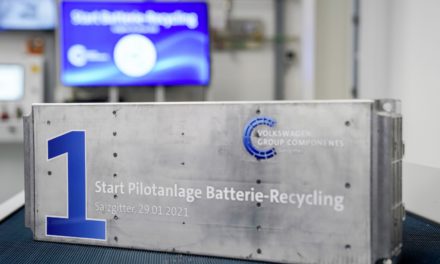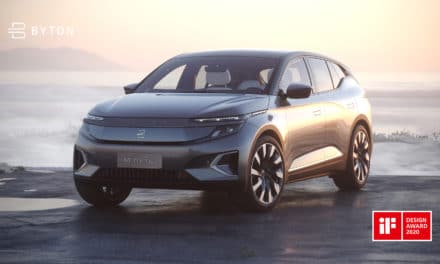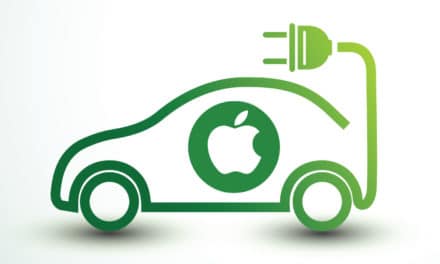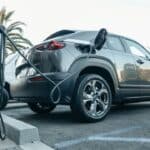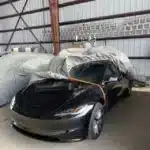In recent years, electric vehicles have become more and more popular as governments offer tax incentives and consumers become more environmentally conscious. If you’re thinking about making the switch to an electric car or you’re just curious about how they work, this blog post is for you. We’ll be breaking down the key components of an electric car, so you can better understand how they work.
The Battery
The most important part of an electric car is the battery. Electric cars run on batteries, which are made up of a series of connected cells. The cells are made up of positive and negative electrodes separated by an electrolyte. When the cells are connected, they create a chemical reaction that produces electricity.
The number of cells in a battery will determine the amount of energy that it can store. A larger battery will mean that the car can travel for a longer distance on a single charge. Batteries are also measured in kilowatt-hours (kWh). This is the amount of energy that is needed to power a 1-kilowatt appliance for one hour.
Electric Traction Motor
Power from the electric traction battery pack is what power the wheels of an electric car. Electric motors are much smaller and lighter than internal combustion engines, which makes them more efficient. They also don’t have any moving parts, which means there’s less that can go wrong with them. Another benefit of electric motors is that they produce Instant torque, which means that they can accelerate very quickly from a stop.
Charging Port
In order to charge an electric car, you need to plug it into a charging port. The charging port is usually located on the side of the car near the front. It’s important to make sure that you’re using the correct charger for your car, as using the wrong charger could damage the battery. The charging portion usually takes a few hours, depending on the size of the battery.
On-Board Charger
The onboard charger is responsible for taking the AC power from the charging port and converting it into DC power, which is what the electric car needs to charge the traction battery. It also monitors the temperature, voltage, charge state, and current when charging the pack.
Thermal Cooling System
The thermal cooling system is responsible for keeping the electric car’s battery cool. The battery needs to be kept at a certain temperature in order to work properly, and the thermal cooling system ensures that this happens.
Conclusion
While we’ve only covered a few of the many components of electric vehicles, we hope that this has given you a better understanding of how they work. Electric vehicles are becoming more and more popular, and it’s important to understand how they work before making the switch. If you have any questions about electric vehicles or you’re thinking about making the switch, browse through our other blog posts for more information.

